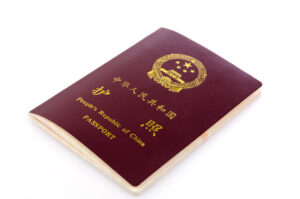Why is China called the Middle Kingdom?

Why is China called the Middle Kingdom?
The reason why China is sometimes called the Middle Kingdom stems from the way the country’s name is written in Chinese. Chinese characters are called ideograms and they represent the meanings, while the alphabet represents the sound.
The formal name of China in Chinese is
中華人民共和國 (中华人民共和国 in simplified Chinese / pronounced Zhōnghuá Rénmín Gònghéguó), meaning “People’s Republic of China.”
The word中華人民共和國 can be divided into three segments. They are:
1.中華 China
2.人民 People
3.共和國 Republic
中華人民共和國 is a long name consisting of seven characters. The short form, 中國, which consists of only the first and last letters, is often used. It is just like calling the country “China” instead of its full name, “People’s Republic of China,” in English.
So, “China” can be written simply as 中國.
The first letter, 中, represents the meaning of “the center” or “the middle.” The last letter, 國, represents the meaning of “country,” “state,” or “nation.”
“Kingdom” is a more dignified word for a state or nation, so that is why China is often referred to as the “Middle Kingdom.”
Perhaps this would make perfect sense when explaining why China is called the Middle Kingdom.
The word 中華 means “the land of civilization in the center of the world.”
中 means “center” and 華 means “flourish” or “rich in culture,” indicating the pride of the Han Chinese about being in the center of the world, with a higher culture than those of the people surrounding them.
In China, until the Qing dynasty, the name of the dynasty was used as both external and internal designations. However, from the mid-19th century, as China was swallowed by the trend toward world unification, the term 中國 came to be used as a self-designation of a sovereign state, especially after the founding of the Republic of China.

Chinese passport










